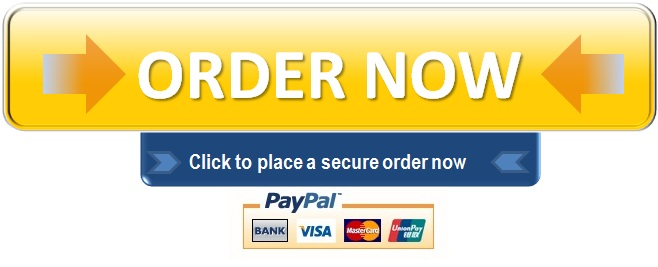Step 9 Implement Security Controls
In step 4 of the RMF process, the security controls are implemented and documented to include updating security and privacy plans associated with the system and the organization. Selecting and determining the organization-defined parameters are a precursor to this step.
For our specific use case, we would need to implement approximately 287 baseline security controls as listed in the SP-800-53B control baselines. Clearly, we can’t implement all of these controls in our available timeline. It is not unusual for this step to take several months to complete. However, we can pick a few security controls and work attempt to implement and document the results.
Take Note
One time saving tip for implementing security controls is to use or reuse existing documentation and templates as opposed to creating your own. For example, for most security control families a policy and procedure document is required. Leveraging policy and procedure templates for media protection, personnel security, planning, remote access, incident response, maintenance, security awareness training policies and more will save time.
Templates can be found at a number of sites including SANS and CIS. For your convenience, several templates have been uploaded from the cissecurity site that can be used for implementation. These can be found in assignment itself. To use the templates, you will need to modify the placeholder values typically found in red.
Here are some tips to help you replace those values:
- Entity – is typically the organization or system.
- Personnel or roles – are organization specific roles. You previously defined these. You just need to assign specific roles as appropriate.
- Needs, numbers, conditions and other details will typically be document specific. You may need to conduct some research on what might be the most appropriate value to enter. However, often the solution is simple. For example, for the following statement found in the Access Control Policy template, “Displays system use information [entity defined conditions], before granting further access. “, a possible replacement for “entity defined conditions†could be “upon initial login andâ€. This would yield the following policy statement. “Displays system use information upon initial login and before granting further access.â€
Additional documentation related to specific policies and procedures that may be useful to review include NIST SP 800-34: Contingency Planning Guide for Federal Information Systems, NIST SP 800-61: Computer Security Incident Handling Guide and NIST SP 800-128: Guide for Security-Focused Configuration Management of Information Systems. Each of these documents are rather lengthy so they aren’t meant to be read in one setting but are useful for extracting just in time information to help support your security control implementation related to contingency planning, incident handling and configuration management.
Project 2 – Step 10 Implement Security Control
Assignment submission

Using the templates provided in this attachment, complete the policies and documents for each of the following:
- Configuration Management Policy (CM-1)
- Maintenance Policy (MA-1)
- Acceptable Use Policy (PS-6)
- Contingency Planning Policy (CP-1)
- Identification and Authentication Policy (IA-1)
- Security Awareness Training Policy (PM-13)
Prior to submitting your completed templates, work with 2 other students to review their documents providing feedback, as appropriate. Be sure to have them review your document and apply recommendations. Mention the recommendations from your group in your document and how you specifically applied their recommendations. Discuss with your group how long it might take to and how many people you would need to implement all 238 controls. The group selection is up to you. However, if you have difficulty finding a small team talk with your professor.
Once complete, submit the completed templates as an upload for your instructor to review.
In section 3 describe the process associated with implementing and documenting security controls. Estimate the timeline and number of people you might need to complete all 238 controls that you discussed in your group.
Submit the reporting template for grading and feedback from your instructor. Use the Advanced Risk Management Report Template. Be sure to apply any feedback you received from your professor related to section 2 in this submission as well. For this step, you should have completed section 3, uploaded your policies, and updated previous sections as appropriate.
"96% of our customers have reported a 90% and above score. You might want to place an order with us."

